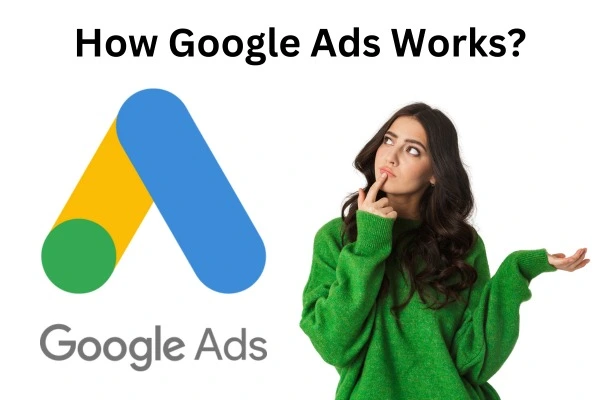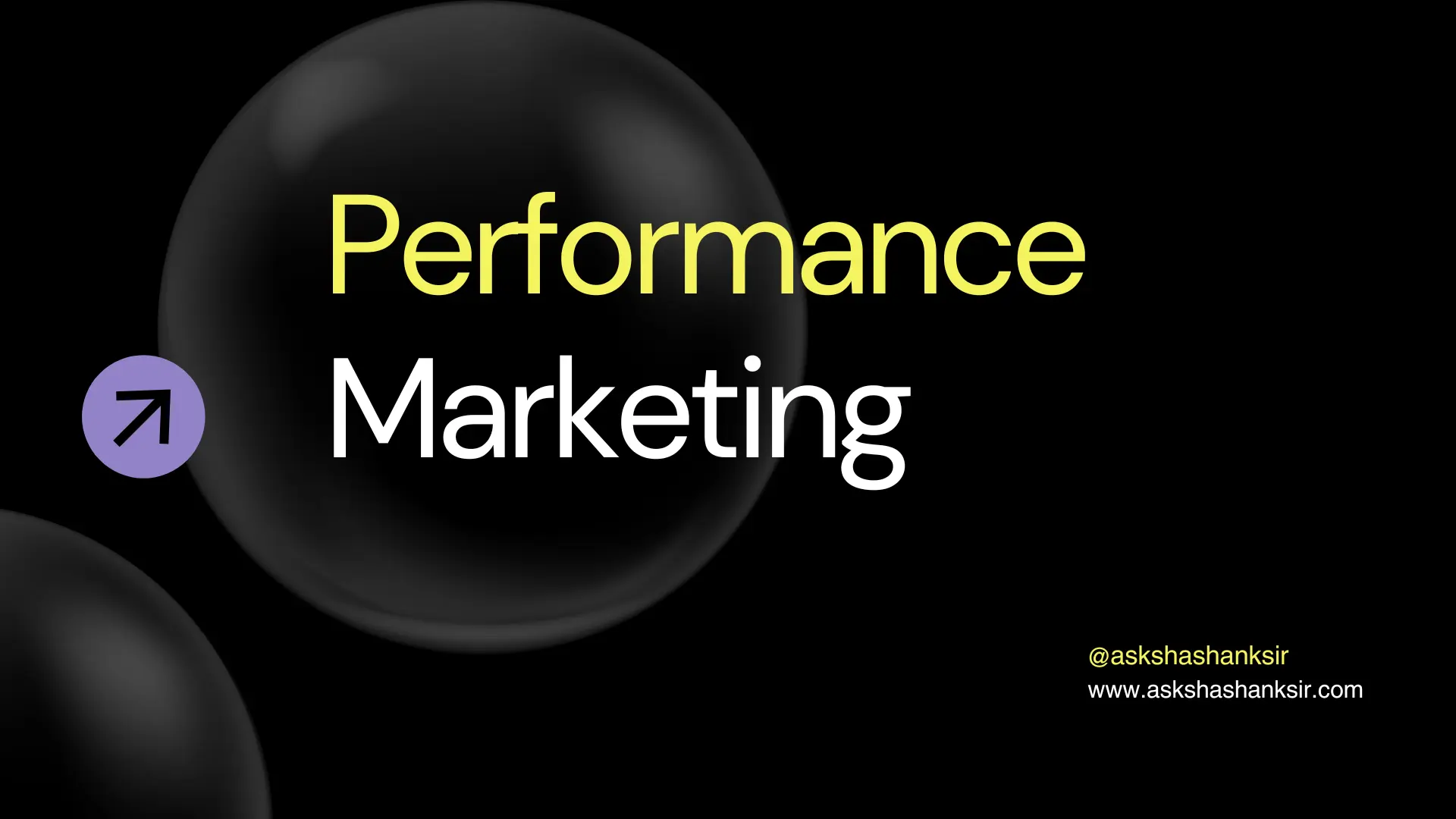Master 5 Best Google Ads Tips for Maximum Impact

Introduction

Google created and runs the online advertising network known as Google Ads, formerly known as Google AdWords. It enables companies to reach a wide audience by displaying product listings, adverts, and videos within the Google network.
These ads can be tailored to target specific demographics, interests, and geographic regions.
Whether they are using Google Maps, YouTube, Google Search, Play Store, or other online content consumption tools, this all-inclusive platform enables advertisers to reach billions of customers as they start their digital journeys.
With its extensive selection of advertising options, it is intended to benefit businesses of all sizes. This adaptability Google Ads makes it simple for businesses of all sizes to create advertising campaigns which are adapted to meet their specific needs.
Delivering relevant and trustworthy advertising messages to both present and potential customers is made easier by this capability.
How Does Google Ads Works?

Google Ads is a pay-per-click (PPC) model. This means that advertisers place bids on specific keywords related to their target audience. Advertisers can compete for placement when users search for or interact with content related to their keywords using this auction process.
The platform’s success can be attributed to its sophisticated algorithms, which are crucial in determining ad placement and visibility.
Many factors are considered by this algorithm for Google Ads, including the advertiser’s bid, the ad’s relevance to the user’s query, the quality of the landing page, the history of the ad’s responses, and the click-through rate (CTR). These features make certain that users only see advertisements that are truly relevant to their interests and needs.
Advertisers first produce advertisements in a variety of media, including text, photos, and videos. They carefully select keywords that are related to their services, goods, or objectives.
In order to determine the amount they are willing to pay per click or per 1,000 impressions (CPM), advertisers set a budget. To reach your target audience, it also offers targeting options based on language, location, and audience demographics.
You Might Also Like Reading : Facebook Ads vs. Google Ads: Which Should You Be Using?
Google Ads holds an auction to determine which ad slots are available when a user searches using relevant keywords. Bid amount, ad relevancy, landing page quality, and anticipated click-through rate are all taken into consideration during the auction. Where your ads show up on search engine results pages or on websites in the Google Display Network depends on the combination of these factors.
PPC models require advertisers to only pay when users click on their ads. Users are more likely to click on your ads if they find them interesting and relevant, which can result in conversions and sales, among other desired outcomes.
Proficient marketers utilize the analytics and reporting features of Google Ads to continuously track the effectiveness of their ads. Examine data like impressions, clicks, CTR, conversions, and ROI.
To increase overall advertising effectiveness and accomplish your goals, optimize your campaigns based on this data by making changes to your bidding strategies, targeting parameters, ad copy, and keywords.
Google Ads Formats.
Text Ads: These are the standard text-based advertisements that bear the label “Advertising” and show up on Google search results pages. Technically speaking, these Google ads are known as Search Engine Marketing (SEM) or Search Engine Advertising (SEA), and they appear in search engine results pages (SERP) either above or below organic listings.
Display Ads: On websites connected to the Google Display Network, display advertising takes the form of multimedia or graphics. Their striking appearance makes them perfect for visual storytelling and branding.
Product Listing Ads (PLAs): PLAs are a kind of advertising where products are shown prominently at the top of search results for relevant queries, along with pertinent information, pricing, and photographs.
Video Ads: YouTube and other digital platforms display video ads. Advertisers have access to a variety of video ad formats, such as sponsored or in-stream videos with cost per click (CPC) pricing.
5 Tips for Google Ads Success
1. Research and Keyword Selection:

The first steps to launching a profitable Google Ads campaign are research and keyword selection. Finding extremely effective keywords that genuinely fit your intended target market is the main goal of this crucial step.
This necessitates a thorough comprehension of user search preferences, behavior, and subtleties within a specific industry. The ultimate goal is to carefully choose keywords that accurately convey the essence of the company and its products.
These carefully selected keywords serve as the cornerstone of the entire Google Ads campaign and guarantee that the right audience sees and reacts to the ads at the appropriate moment.
2. Compelling Ad Copy:

The process of creating compelling advertising copy—a real fusion of art and science—begins after the preliminary research is finished. This essential element is necessary to grab customers’ attention and persuade them to click on the advertisement.
Google Ads content should effectively communicate the distinctive value propositions of the product or service while striking the ideal balance between being succinct and attention-grabbing in a constrained character count.
A strong call-to-action (CTA) encourages visitors to take the desired action, which could be finishing a purchase, signing up for a newsletter, or thoroughly researching a product.
3. Landing Page Optimization:
Users are quickly taken to a landing page that has been thoughtfully created for the greatest user experience and conversion potential after making their first click. Since the landing page is the crucial point of conversion and essential part of Google Ads, it needs to be exactly aligned with the content of the advertisement and be incredibly user-friendly.
When a landing page is optimized well, users are greeted with content that not only fits the messaging of the advertisement but also persuades them to take the desired action, which could be completing a form, making a purchase, or engaging with the website in a meaningful way.
A search engine optimized landing page ensures that users see content which drives them to carry out the necessary action.
Also Read About This: – 10 tips for creating effective Google ads with a limited budget
4. Monitoring and Optimization:

Continuous monitoring of the success of a Google Ads campaign is essential for assessing its effectiveness and facilitating data-driven changes.
KPIs such as click-through rates (CTR), rates of conversion, and return on ad spend (ROAS) are studied not only for measures but also for knowledge that lead to the optimization process.
Extensive A/B testing of various parts of the ad and landing page assists in determining the most effective techniques, allowing for a continuous cycle of improvement and refinement.
5. Budget Management and Scaling:

Budget management is a key component in ensuring the intelligent allocation of advertising resources and the optimal execution of Google Ads campaign.
This includes a thorough analysis of each campaign’s return on investment (ROI), which will assist in making up-to-date budget allocation and delivery selections. Scaling up successful campaigns involves devoting more resources to campaigns with a significant return on investment, allowing them to reach and impact a broader audience through Google Ads.
This strategic approach significantly contributes to the overall growth of advertising efforts, allowing the company to take the lead in the dynamic digital world.
Conclusion
In Conclusion,
In the fast-paced world of digital marketing, mastering Google Ads is nothing short of a game changer. The journey begins with extensive research and the careful selection of keywords, which are the lifeblood of effective advertising.
It is an art to write enticing ad text, and it is the first step toward engaging and converting potential buyers through Google Ads. Aligning the ad message with a well-prepared landing page can significantly increase the likelihood of converting clicks into actions.
The journey, on the other hand, continues with the beginning of a campaign; instead, it is just getting started. Continuous monitoring and optimization are critical success cogs. Key performance indicators, user insights, and A/B testing are all critical tools for fine-tuning strategies and increasing ROI.
By ensuring that every advertising dollar is spent correctly, effective budget management and strategic scaling provide a competitive advantage. Google Ads is a versatile and powerful platform that allows businesses to efficiently interact with their target audience while also providing a plethora of opportunities for growth and success.
If you comply the five essential steps laid out in this article, you will be capable to achieve the complete potential of Google Ads for your business. Begin your Ads journey today and watch your company’s online presence soar to unprecedented heights in the competitive digital market.
Frequently Asked Questions (FAQs)
- What was the previous name for Google Ads?
Ans. It was previously known as Google AdWords. - When did the Google AdWords rebranding become official?
Ans. On July 24, 2018, Google AdWords officially changed its name to Google Ads. - How does Google Ad function?
Ans. Google Ads uses a pay-per-click (PPC) model in which advertisers bid on keywords relevant to their target audience. Ad placement is determined by an auction process that considers bid amount, ad relevance, and other factors. - What are the various ad formats available in Google?
Ans. Google Ads provides a variety of formats, including text ads, display ads, product listing ads (PLAs), and video ads, each of which serves a specific advertising purpose. - How can my landing page be made more Ads-friendly?
Ans. To make your landing page more optimized, make sure the call-to-action is obvious, speed up the page, and offer a smooth user experience. - How do you achieve success with Google Ads?
Ans. Yes. Important actions consist of keyword research and selection, writing effective ad text, optimizing landing pages, continuous monitoring, and effective budget management. - How can I assess the effectiveness of a Google Ads campaign?
Ans. Yes. Use important indicators like as click-through rates (CTR), conversion rates, return on ad spend (ROAS), and total return on investment (ROI) to gauge performance.


